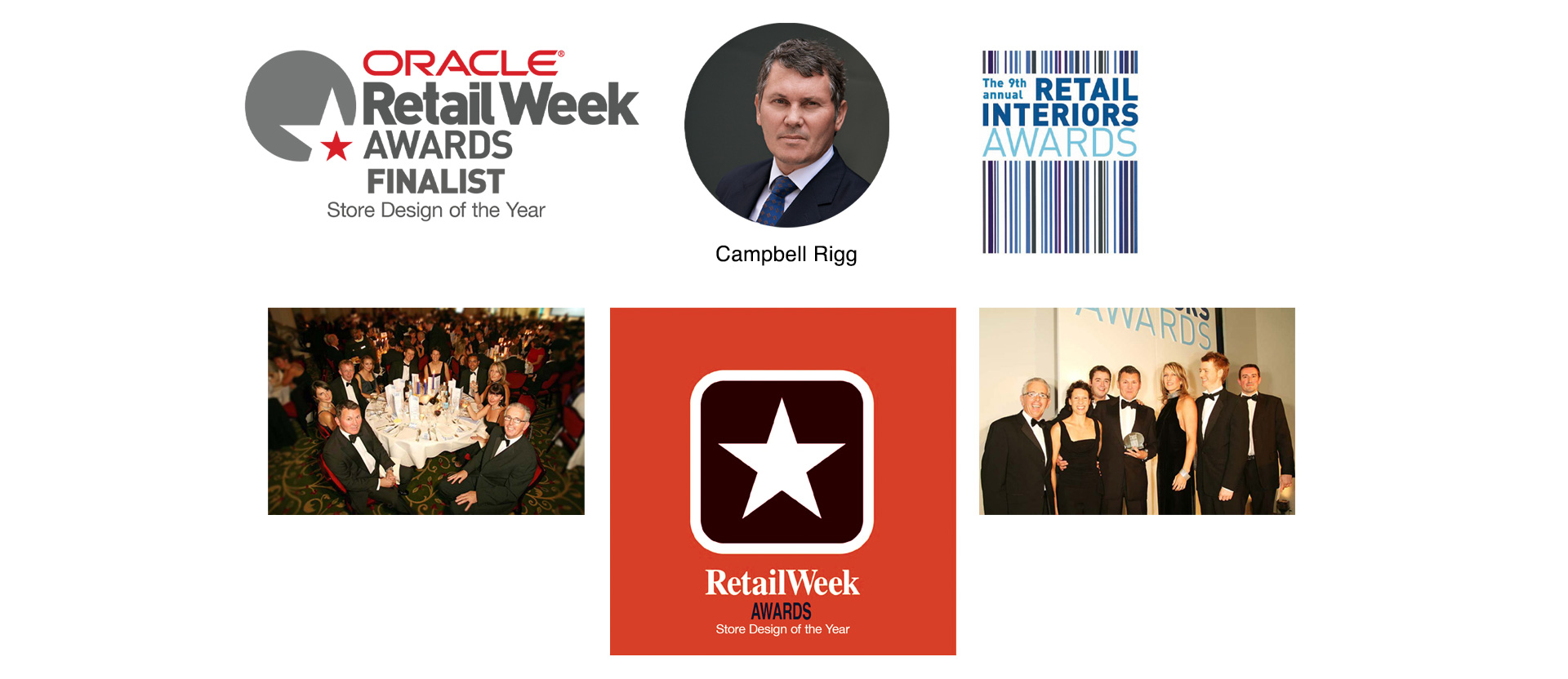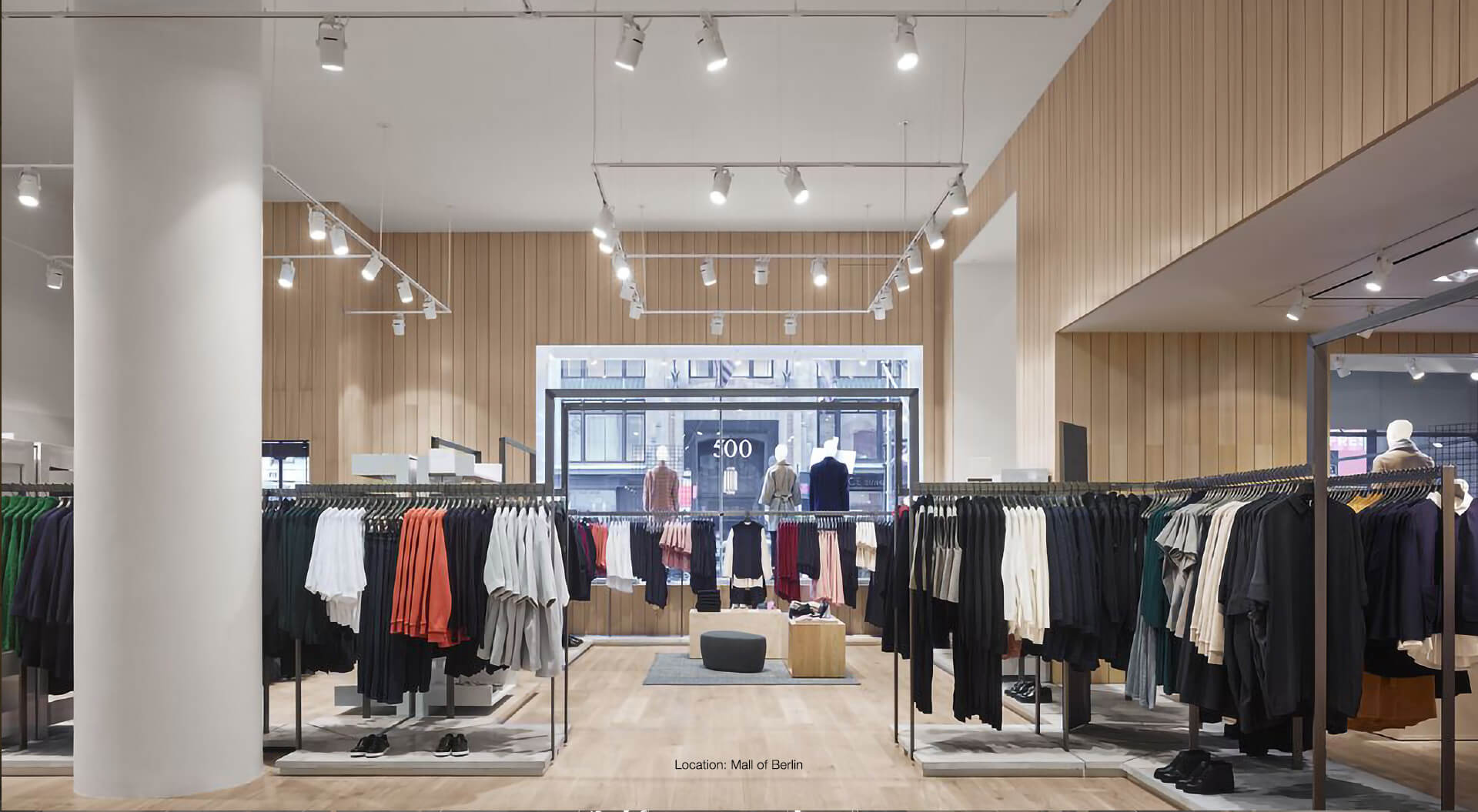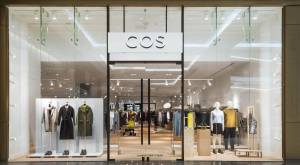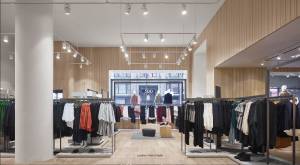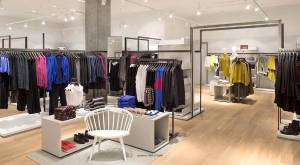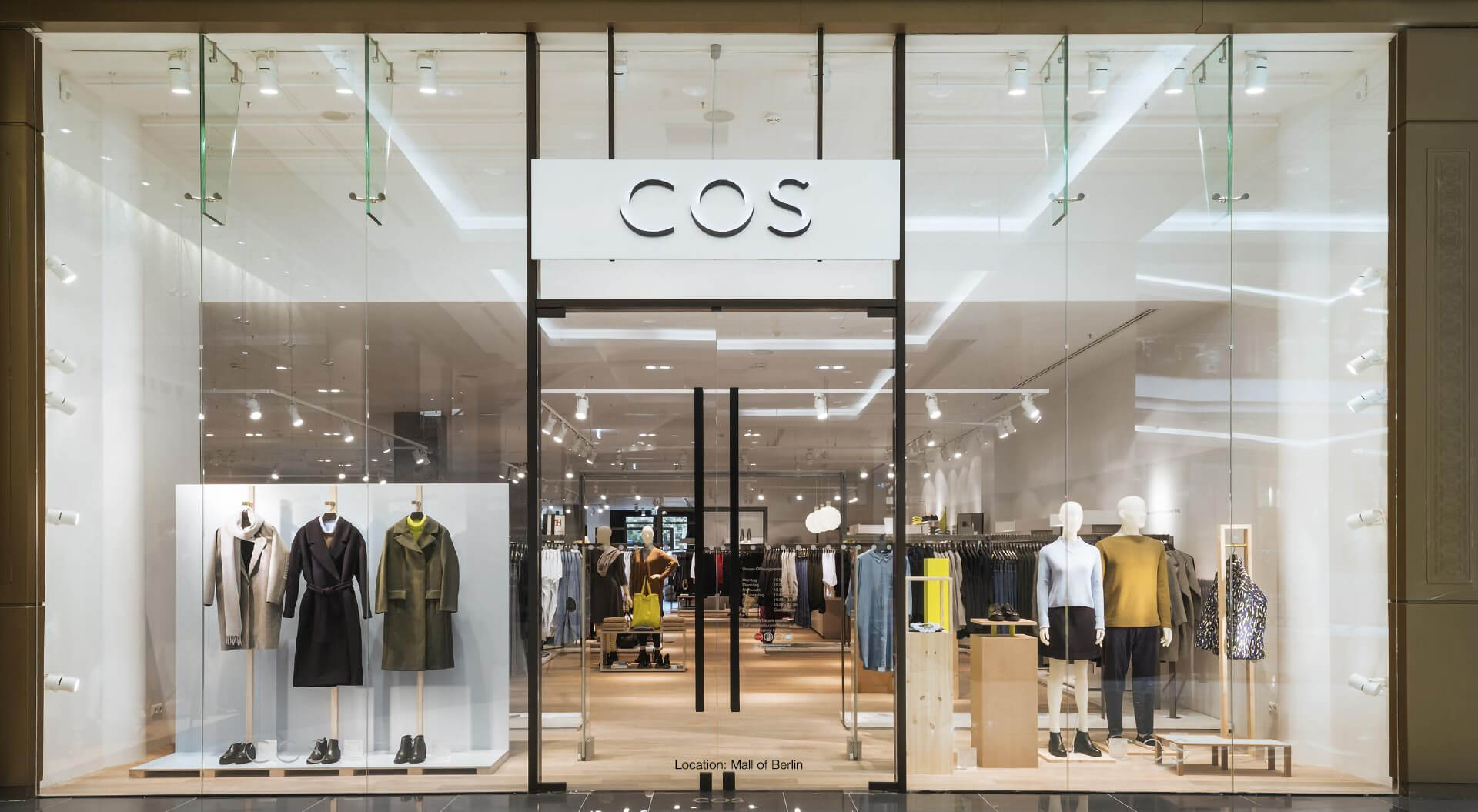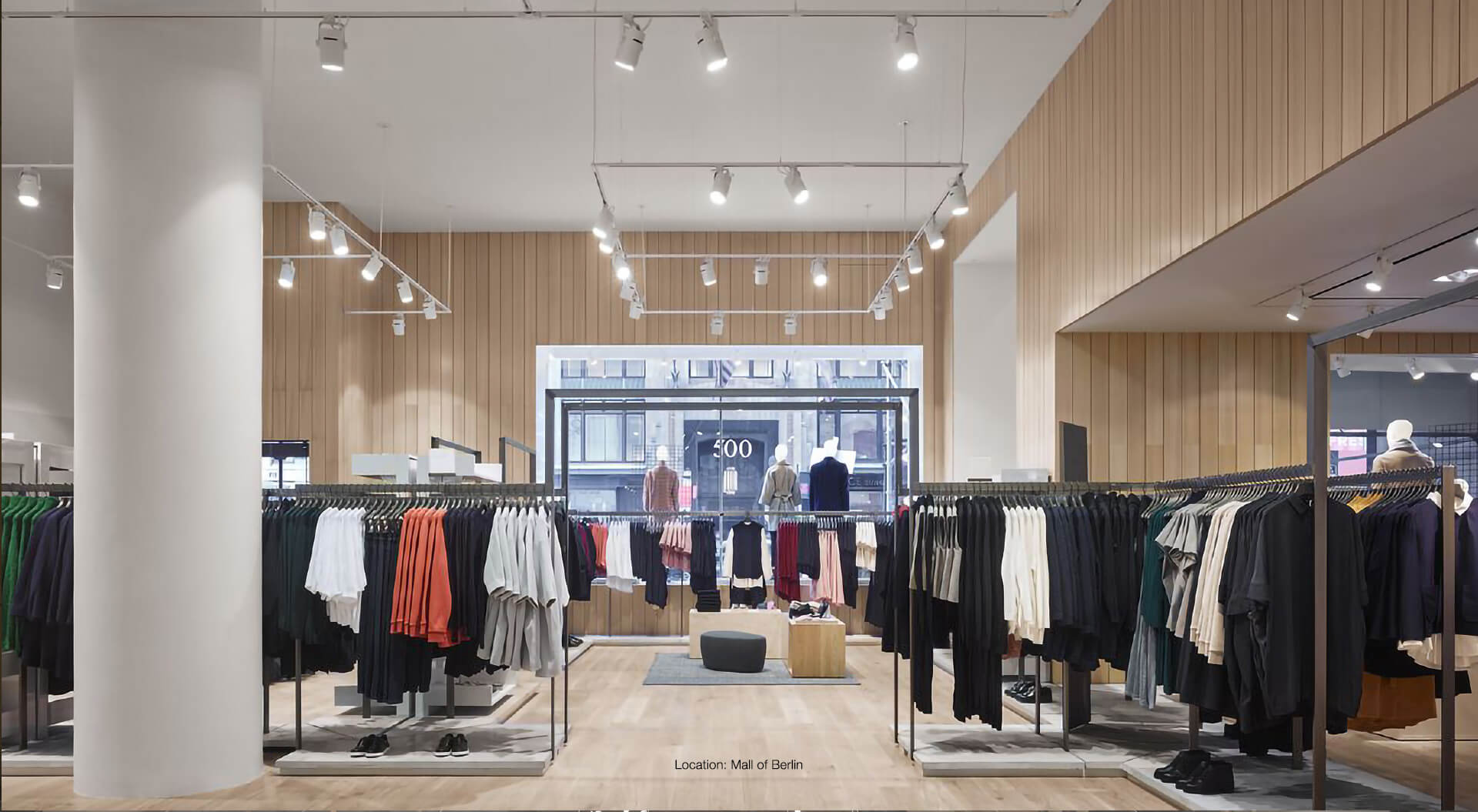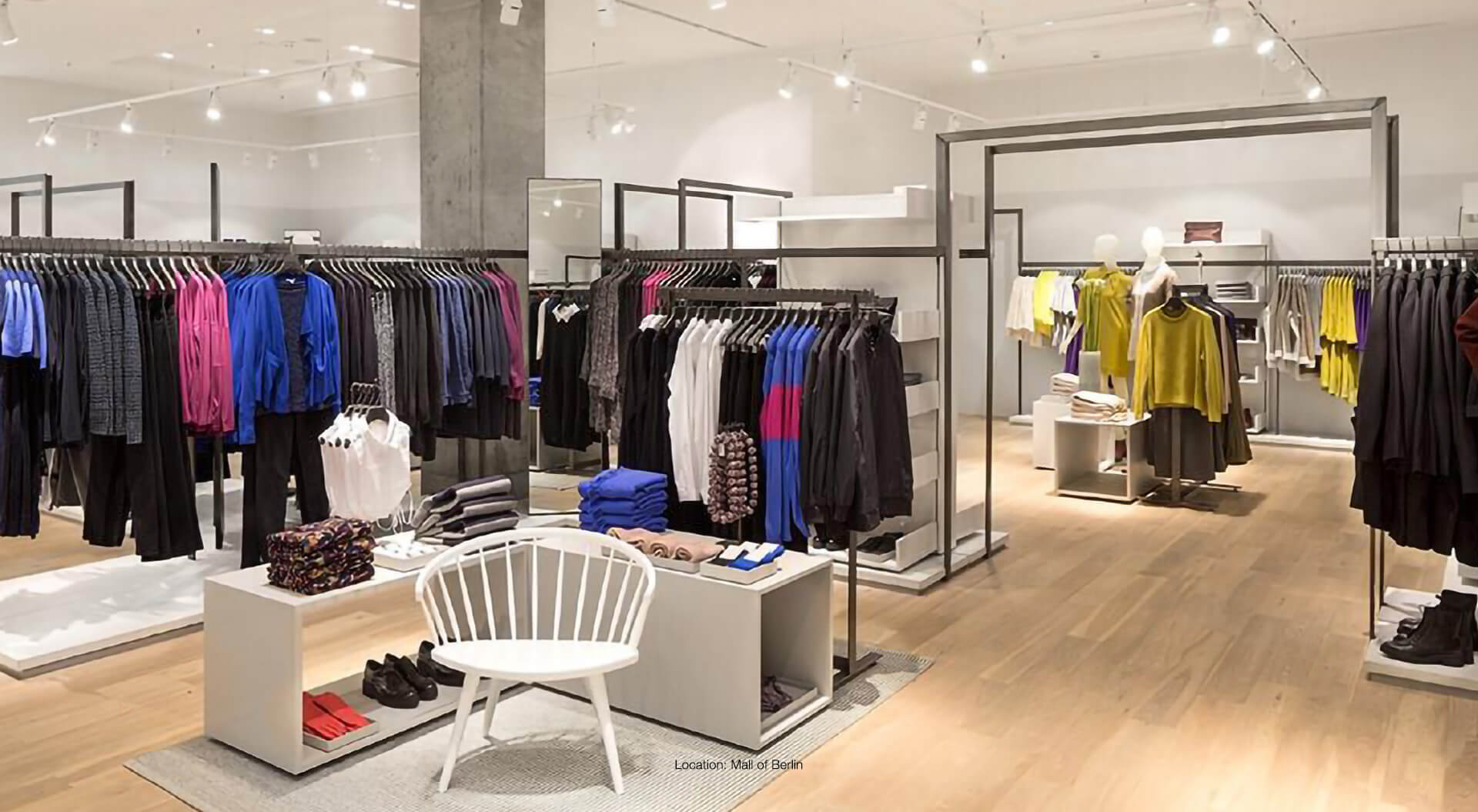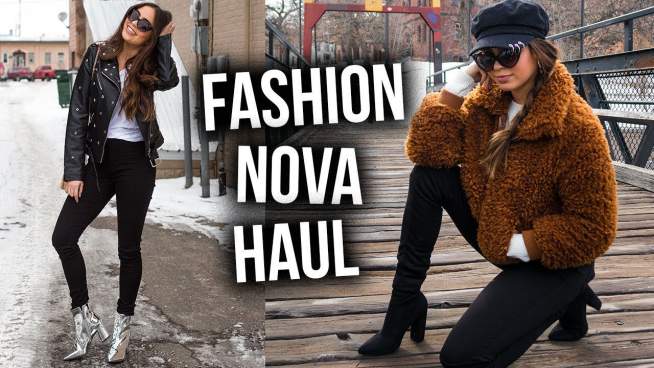News and Views
Flagship fashion store brand identity – concept Interior design
The fashion retail landscape is being reshaped by shifting customer expectations, accelerated digital adoption, and rising demand for immersive brand experiences. Younger urban shoppers, particularly Gen Z and Millennials, seek brands that express cultural relevance, sustainability values, and personalised discovery.
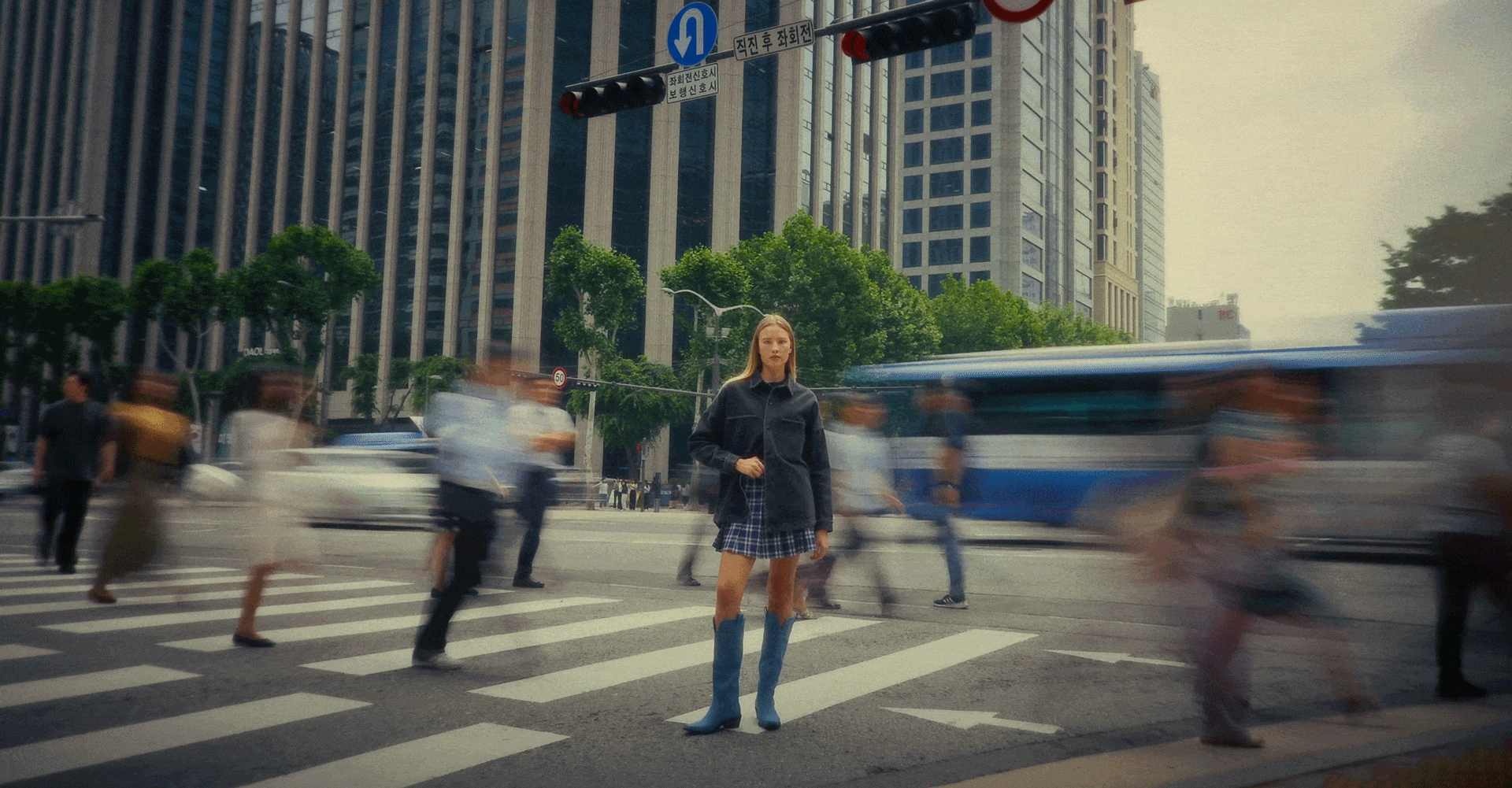
Your store is your stage and your brand is the performance:
When the management team at Zolla Fashion Retail, a Russian chain with over 450 stores, approached us for a proposal to redevelop their store formats, we recommended conducting a comprehensive benchmarking study of issues and trends facing fashion retailers before initiating the concept design phase of the project.

The Problem:
Fashion retailers are facing intense competition, fragmented customer journeys, and rising expectations for immersive, tech-enabled store environments. Traditional store formats no longer meet the demand for personalisation, seamless digital integration, or sustainability. Brands that rely on outdated layouts struggle to differentiate themselves or build emotional relevance. Without modular systems, omnichannel touchpoints, or compelling storytelling, retailers risk declining dwell time, reduced conversion, and inconsistent brand perception. In saturated markets, failure to evolve store design results in lost visibility, weaker loyalty, and stagnating growth.
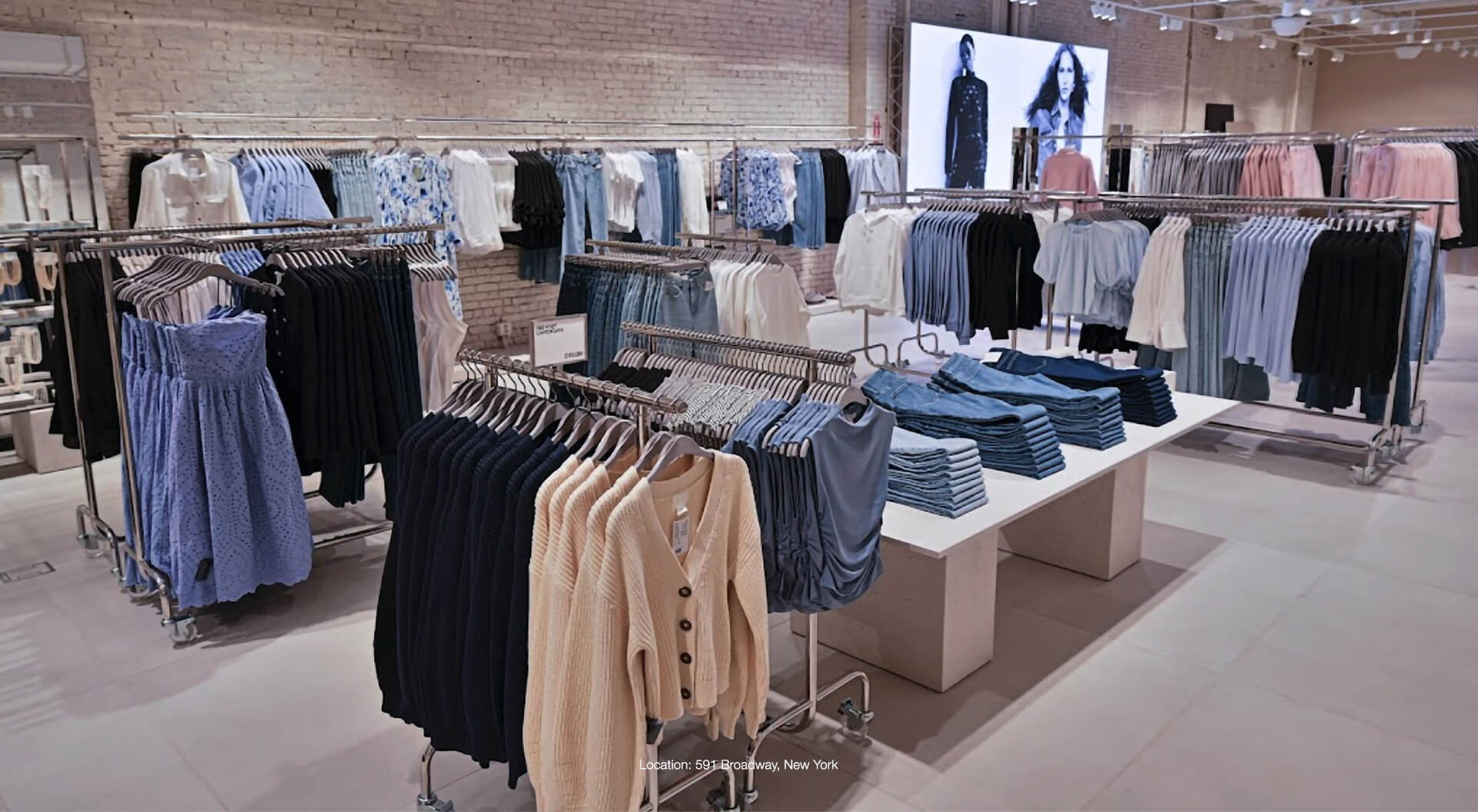
The Answer:
The solution lies in creating immersive, flexible flagship environments that combine brand storytelling with modular design, omnichannel integration, and sustainable materials. By transforming stores into inspirational, interactive destinations, retailers can communicate identity, improve customer flow, and enhance engagement. Strategic benchmarking informs concepts anchored in real market trends, ensuring designs remain current and commercially effective. Integrating digital tools, curated merchandising, and locally relevant elements ensures stronger differentiation. These next-generation store environments increase dwell time, boost loyalty, and elevate brand performance across all channels.
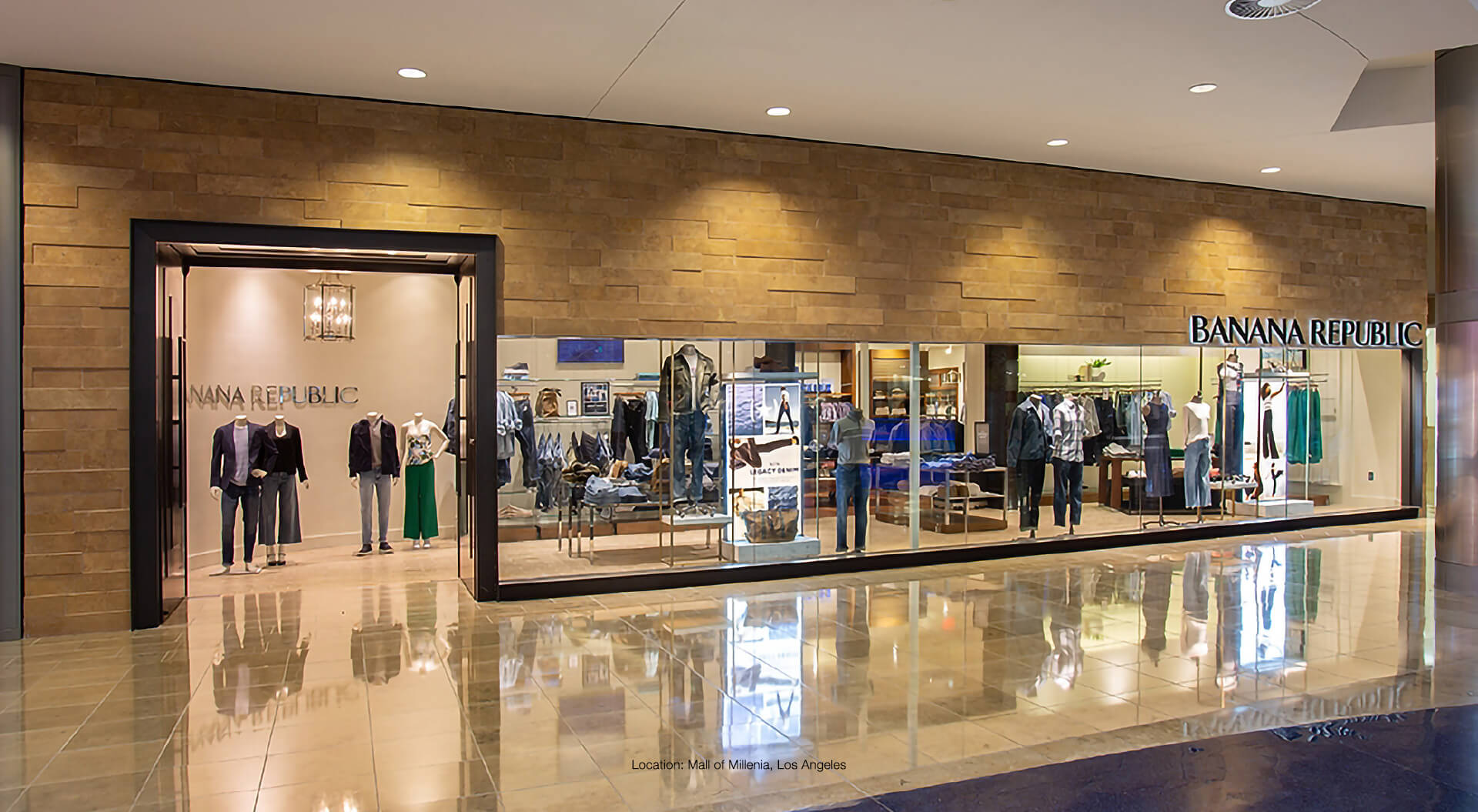
Drive up to 30% ROI improvement using CampbellRigg’s holistic design, category strategy, and efficiency–focused store layouts.
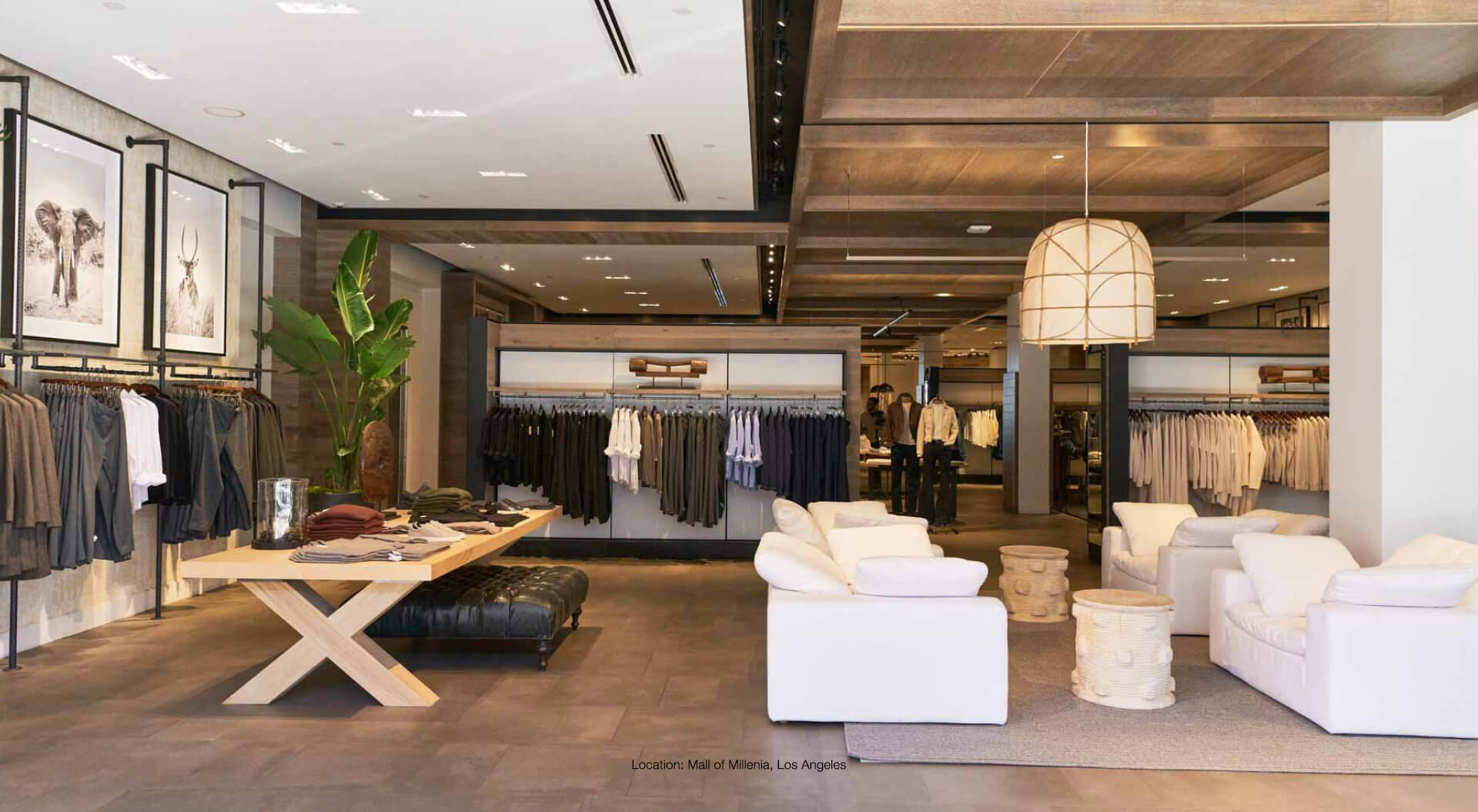
Trends in the Phygital Era:
Phygital retail is defined by seamless transitions between online and offline journeys. Customers expect smart fitting rooms, mobile-enabled checkouts, AR try-ons, and personalised product recommendations. Emotional storytelling and sensory elements, lighting, scent, sound, play a growing role in shaping memorable experiences. “Third-space” environments such as cafés, lounges, and social zones extend dwell time and deepen brand affinity. Modular displays allow rapid campaign activation, while sustainable materials build trust. Consumers reward brands that make shopping frictionless, immersive, and consistent across every digital and physical touchpoint.
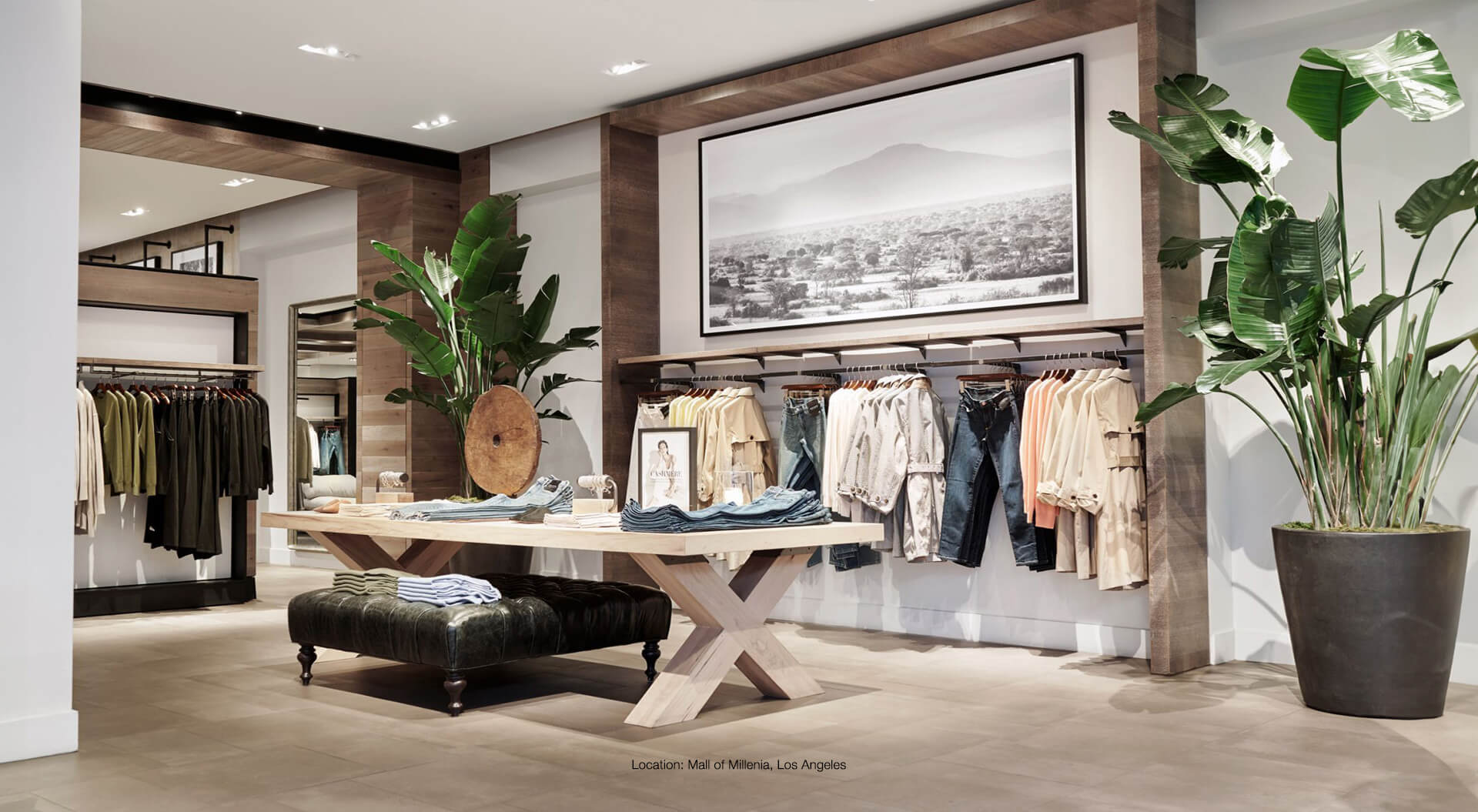
Our Focus and Expertise:
At CampbellRigg, we specialise in transforming retail spaces into culturally attuned, experience-led flagship environments. Our services span strategy, brand identity, store concept design, modular fixture development, omnichannel integration, rollout management, and retail communications. We align brand vision with customer behaviour insights to create immersive, flexible and sustainable stores that perform commercially. By blending storytelling, digital touchpoints, and innovative spatial design, we help retailers increase dwell time, deepen engagement, and strengthen differentiation—turning physical environments into high-value strategic assets.
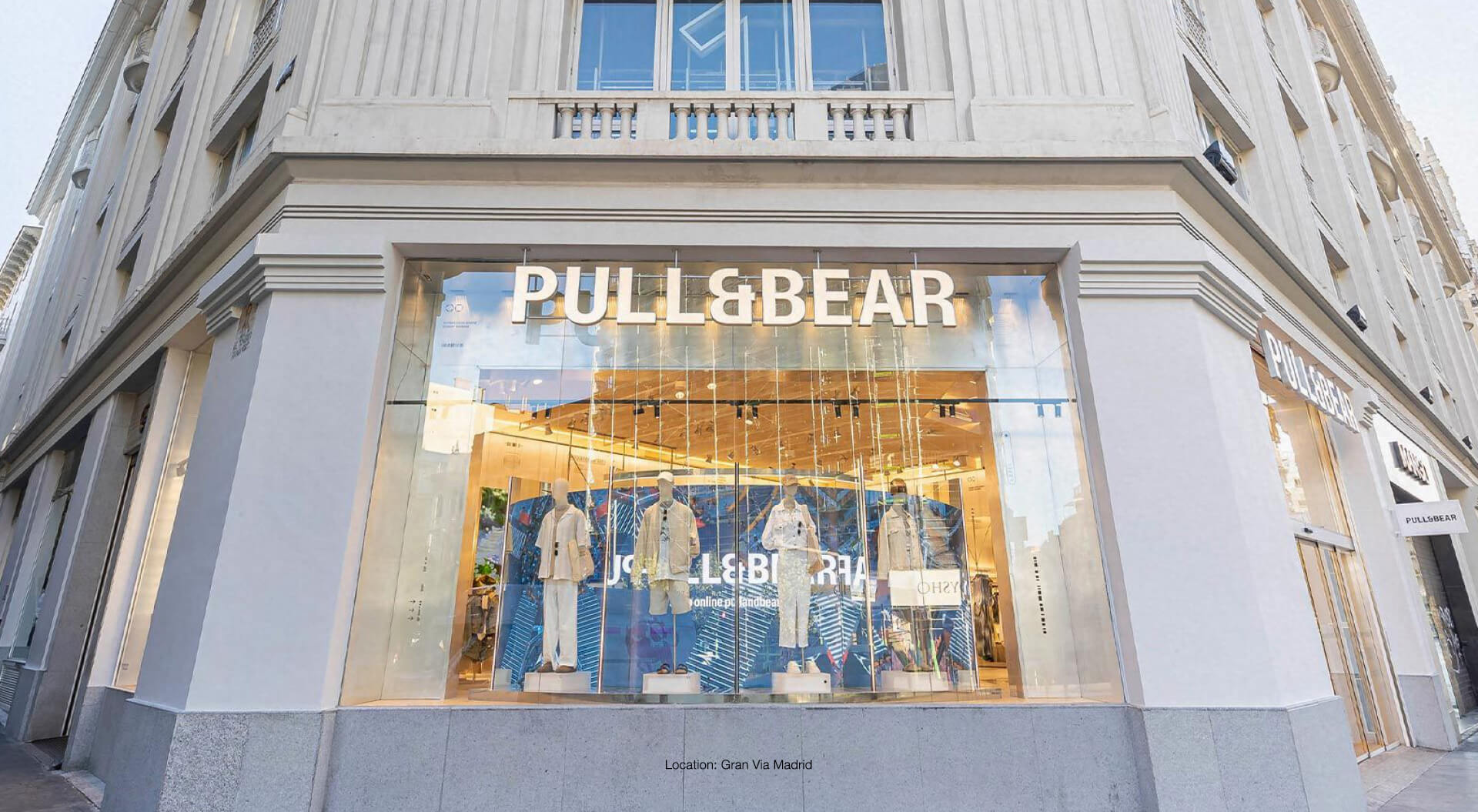
Store Design & Rebranding Trends 2026:
Affluent design-conscious consumers prioritise premium environments, seamless omnichannel journeys, and curated storytelling that enhances emotional connection. Families and mid-market shoppers increasingly favour modular, easy-to-navigate stores that support quick missions while still offering moments of inspiration. Across Europe, tech-enabled shoppers expect real-time stock visibility, smart fitting rooms, and mobile-assisted purchasing. Sustainability-driven consumers prefer responsibly sourced materials, circular initiatives, and localised cues that express authenticity. Competitive benchmarking shows that top-performing retailers, Zara, COS, Arket, Mango, excel by blending modular formats, cultural storytelling, and experience-led design. For brands aiming to grow market share, investing in flexible store formats, omnichannel integration, and emotionally resonant design is now essential. Retailers must transform stores into strategic assets that increase dwell time, drive loyalty, and amplify brand distinctiveness.
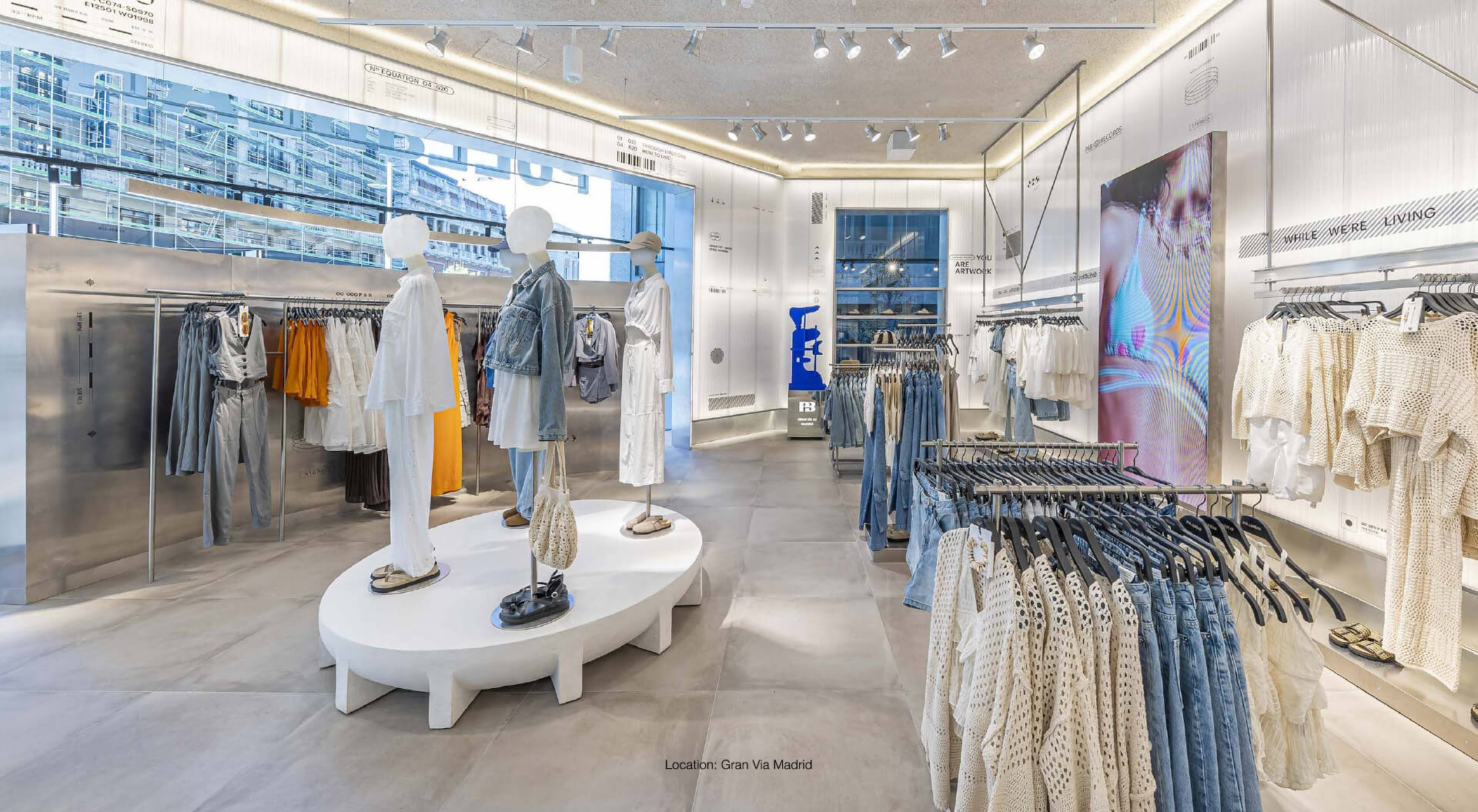
Partner with CampbellRigg to unlock 15% to 30% sales uplifts by using shopper-centric layouts and optimized fashion retail design strategies. Engage customers with immersive environments that tell your brand’s visual story and drive conversion.
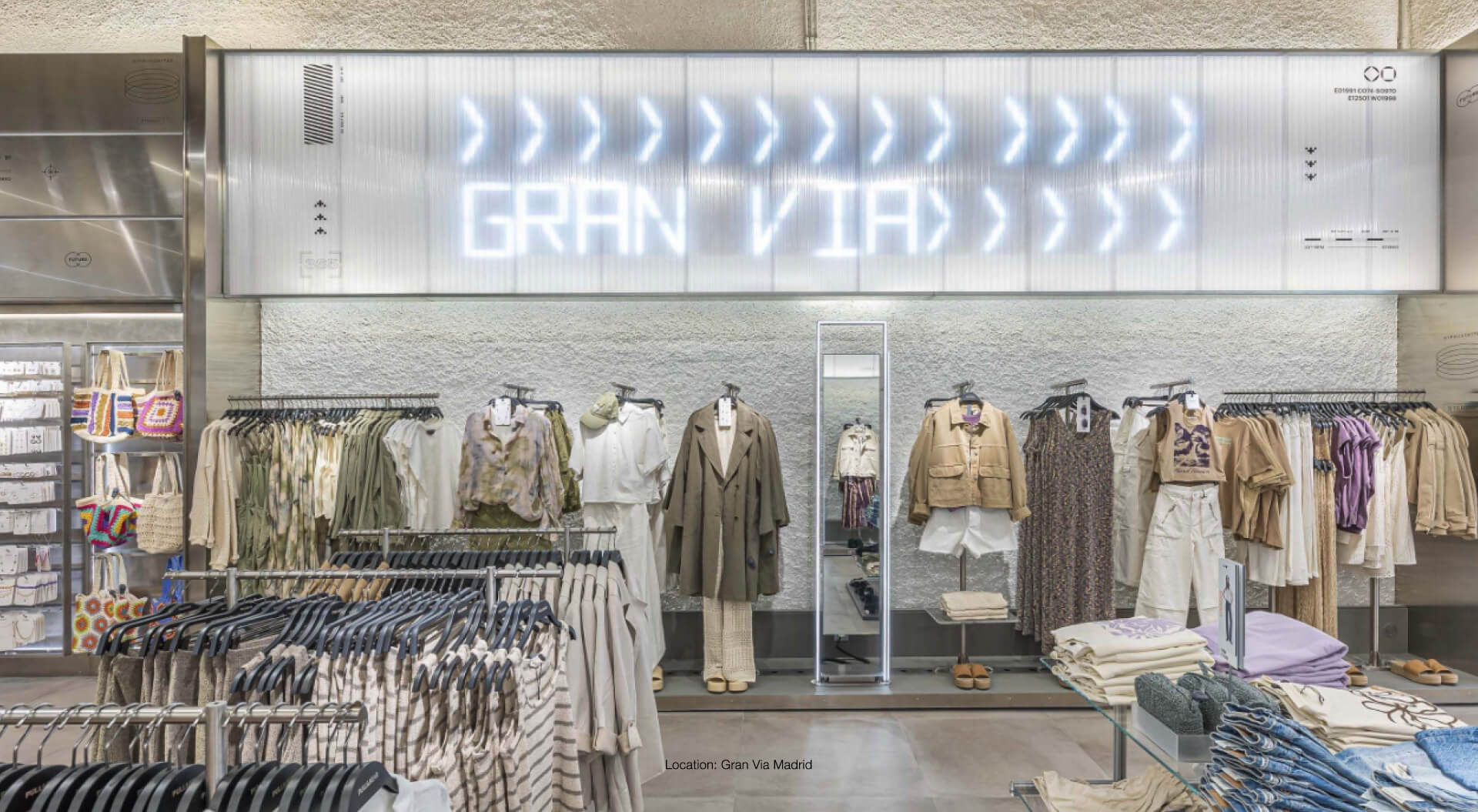
We create a unified design strategy across interiors, branding, and environments that boost sales and brand strength.
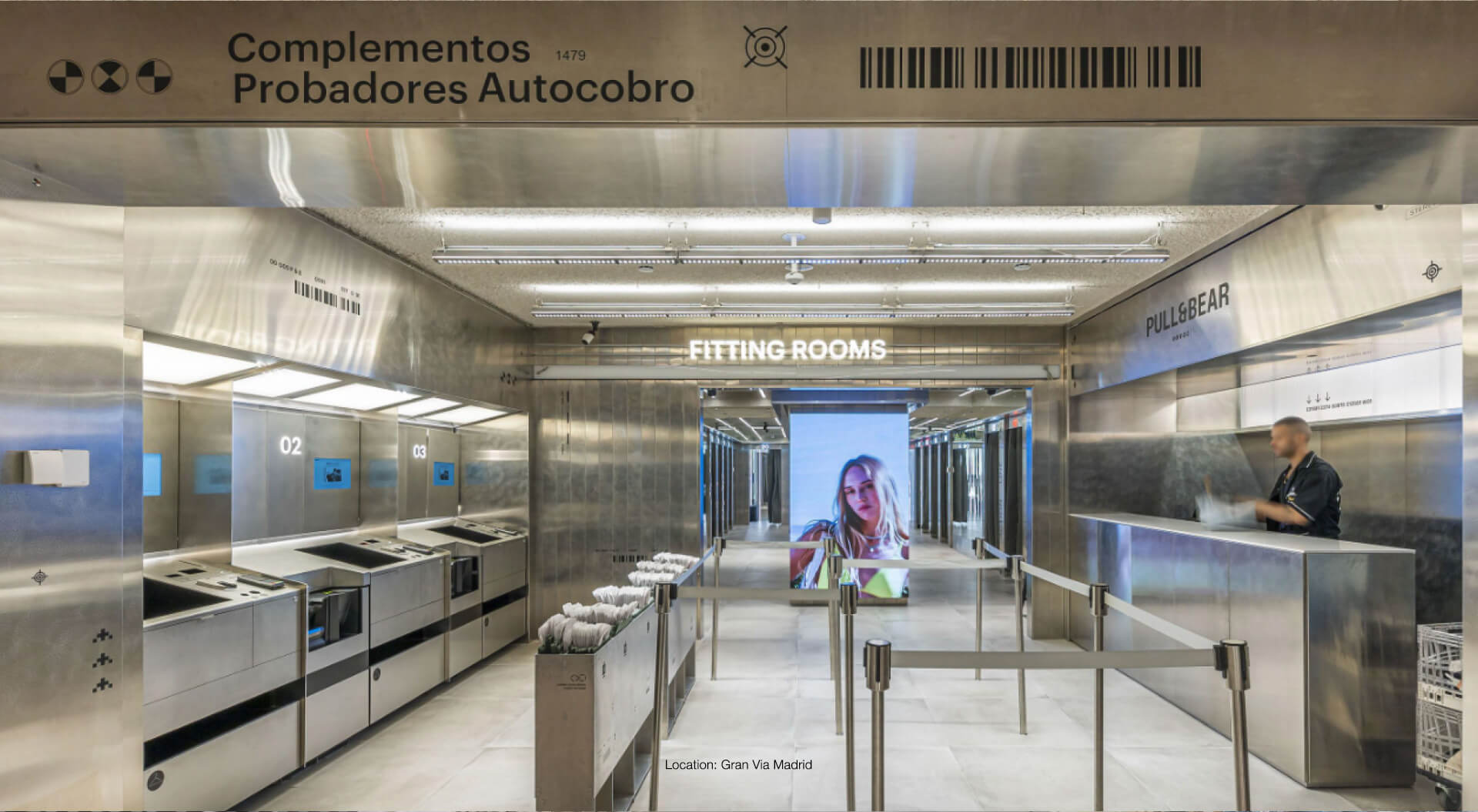
"I am extremely pleased with the outstanding work of Campbell and his team, who helped us create our new presence. I wholeheartedly recommend CampbellRigg." Carlos Criado-Perez, CEO Safeway

Increase average basket by 18% with CampbellRigg’s tailored space planning and intuitive store navigation designs.
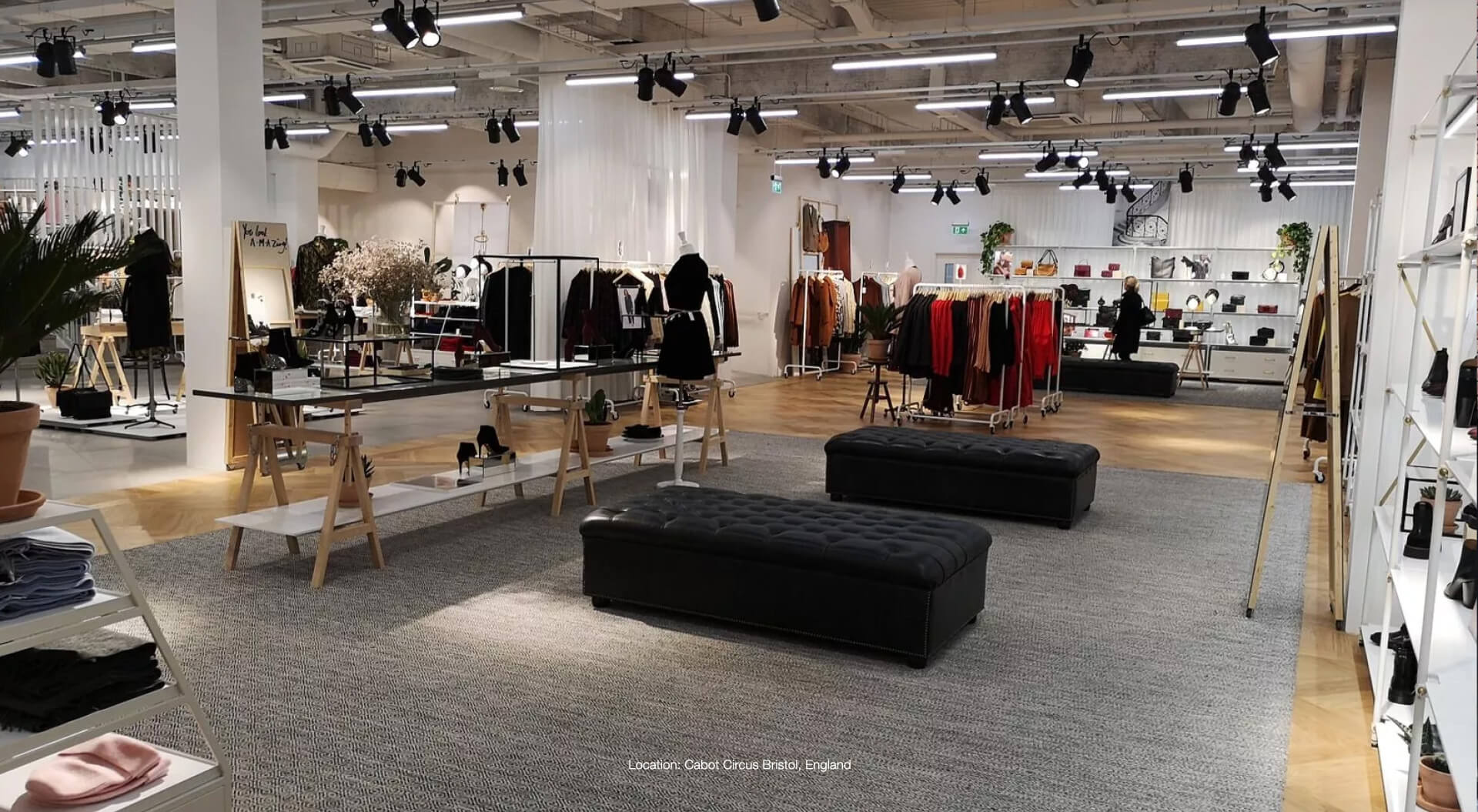
Our Four-Step Process:
1. Book a consultation call for free
2. Co-create a bespoke brief
3. We execute the creative work fast
4. You see sales, brand loyalty and market share uplift
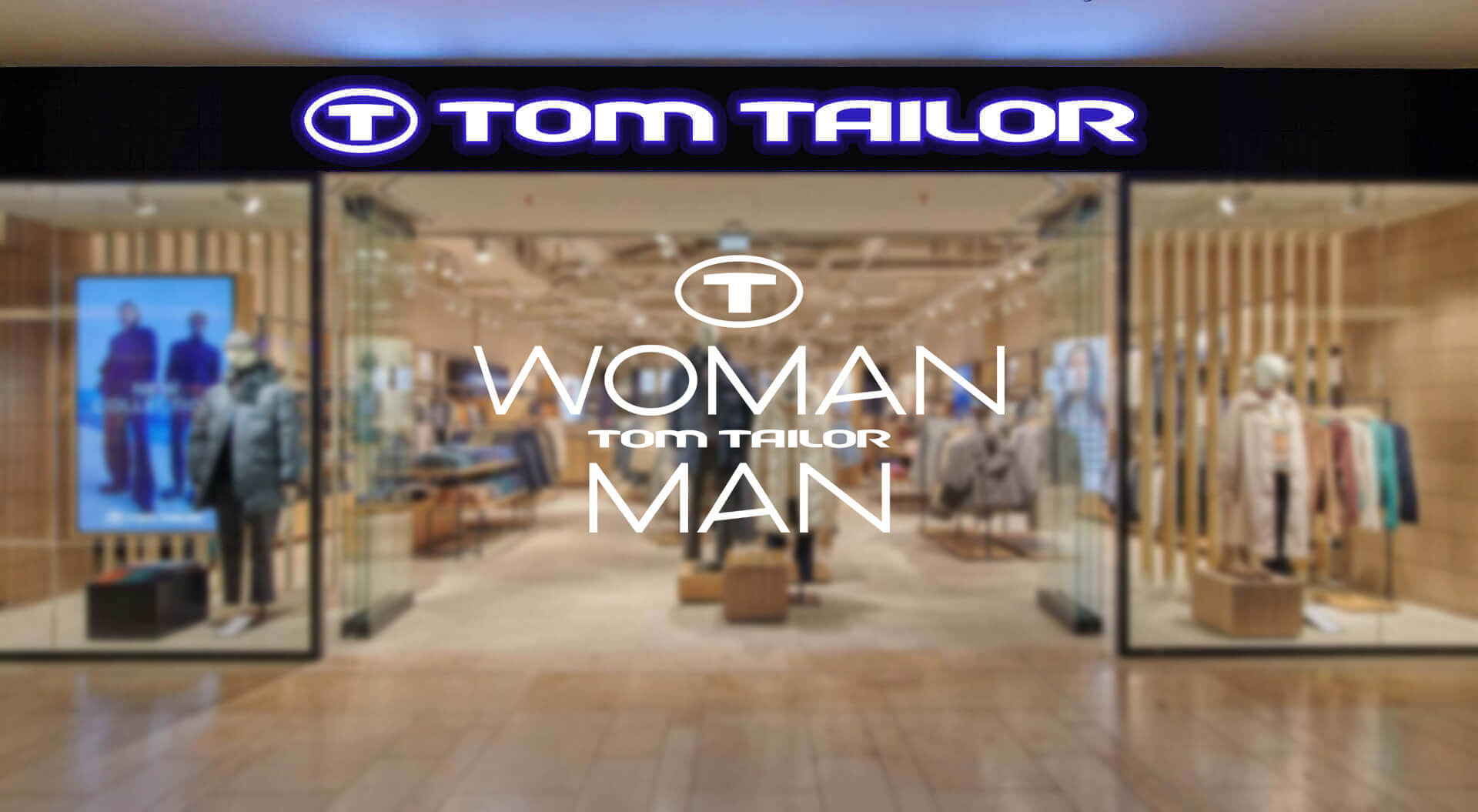
Tom Tailor collaborated with CampbellRigg to redefine its brand identity, translating strategy into powerful in-store experiences. As shown in the images above and below, the new concept unites design consistency with commercial performance, targeting a 20%+ sales uplift through shopper-focused layouts and optimized merchandising.
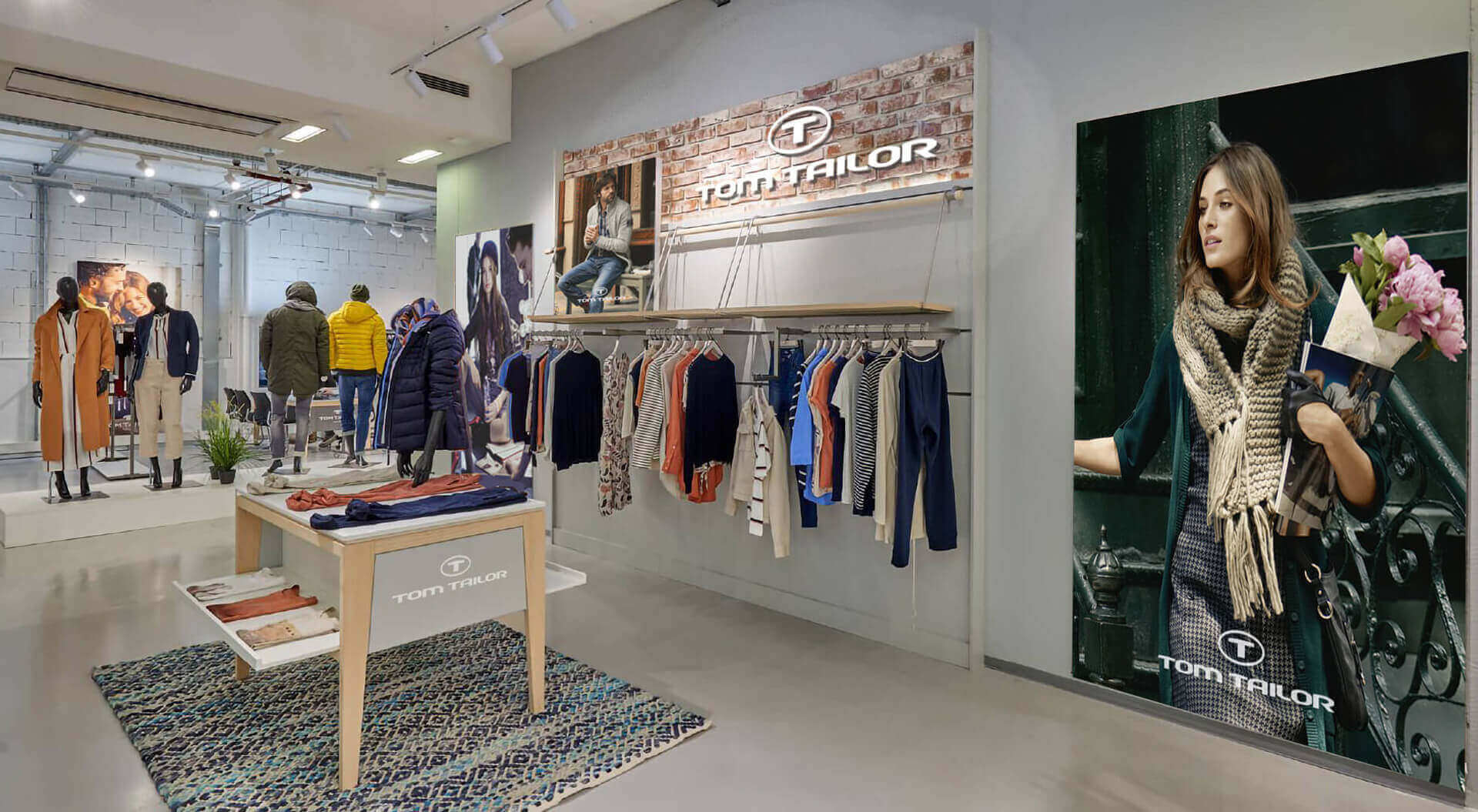
|
Rebranding and re-engineering: |
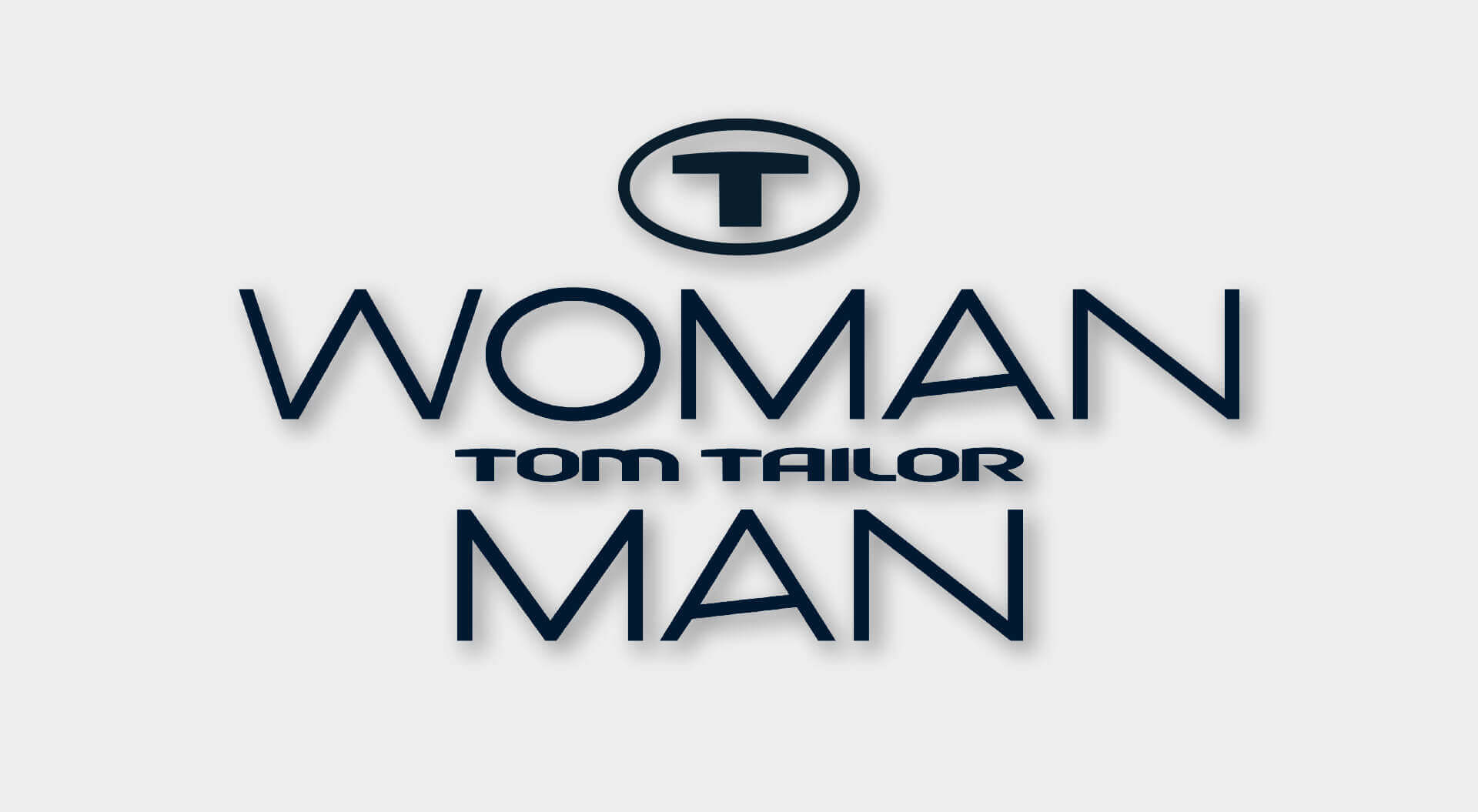
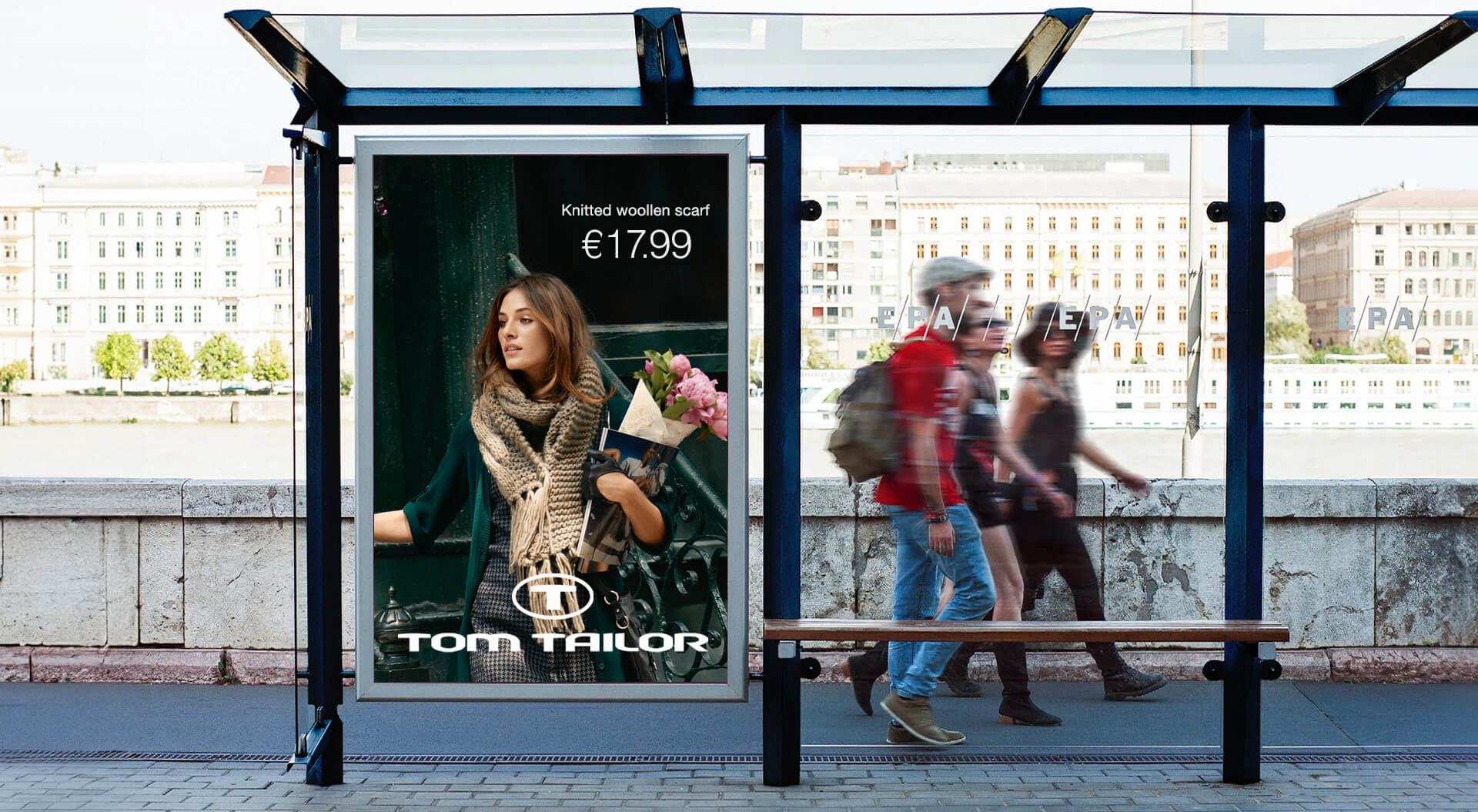
|
Flexible, scalable media concepts engineered for rapid rollouts, seasonal refreshes, and brand consistency across locations. |
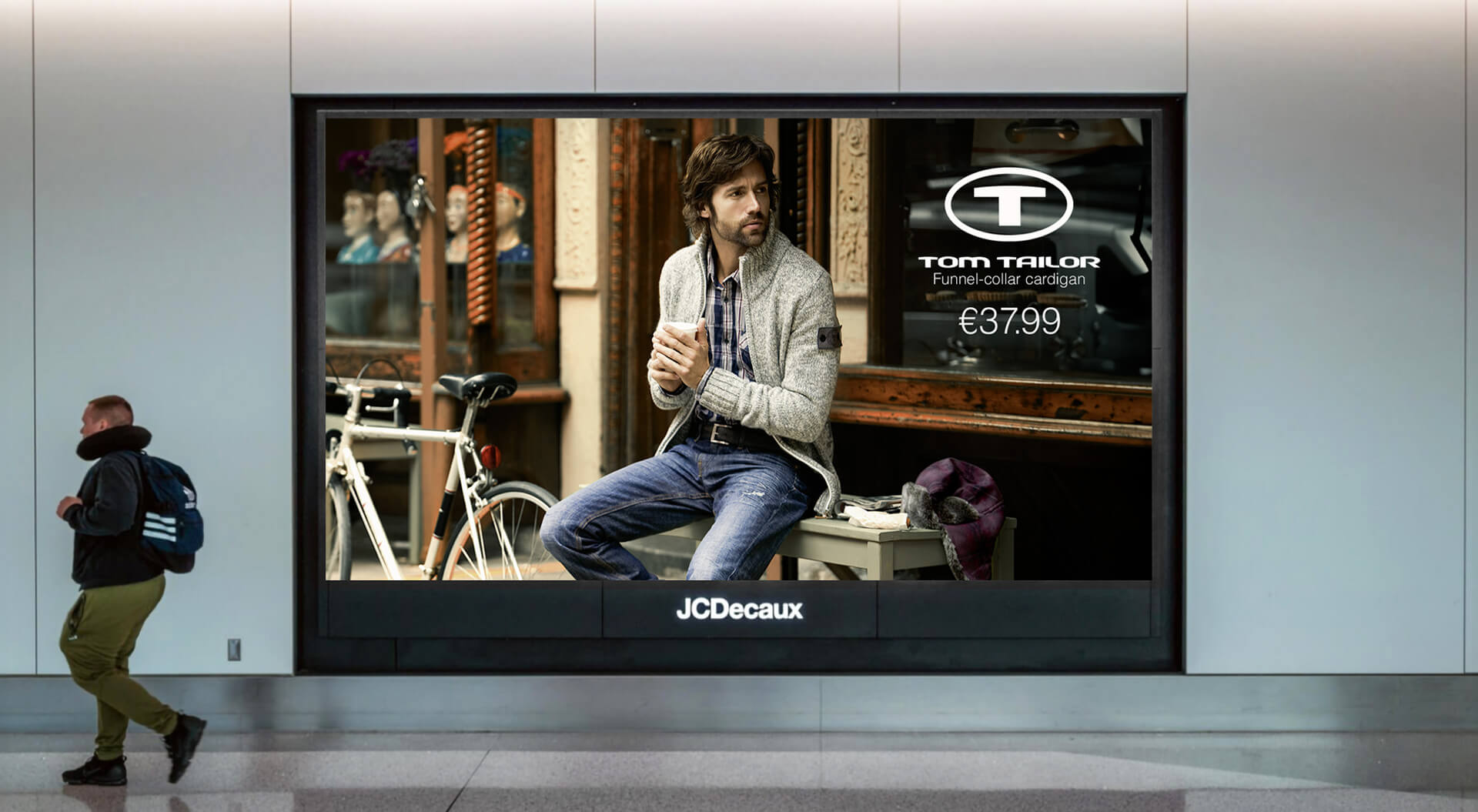
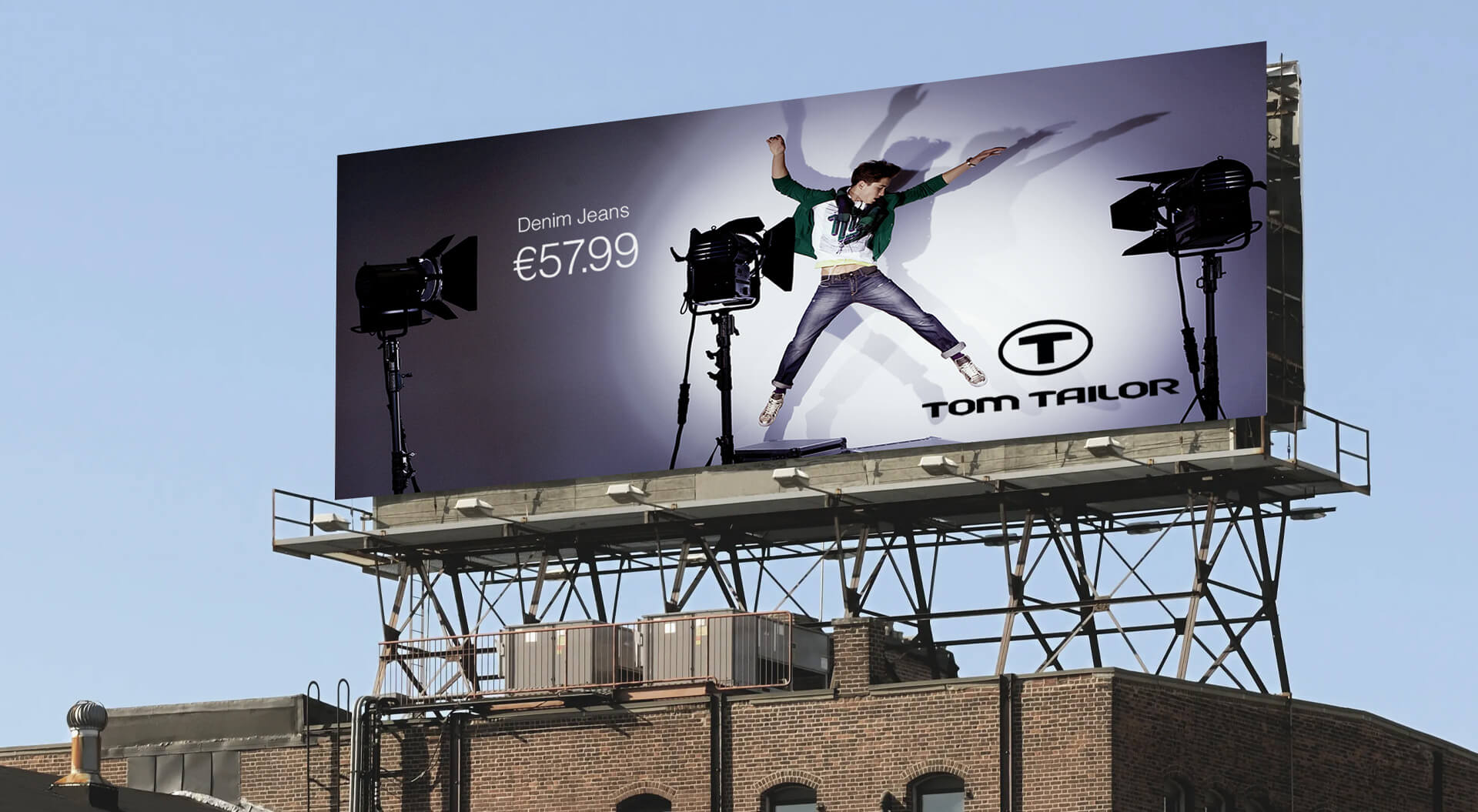
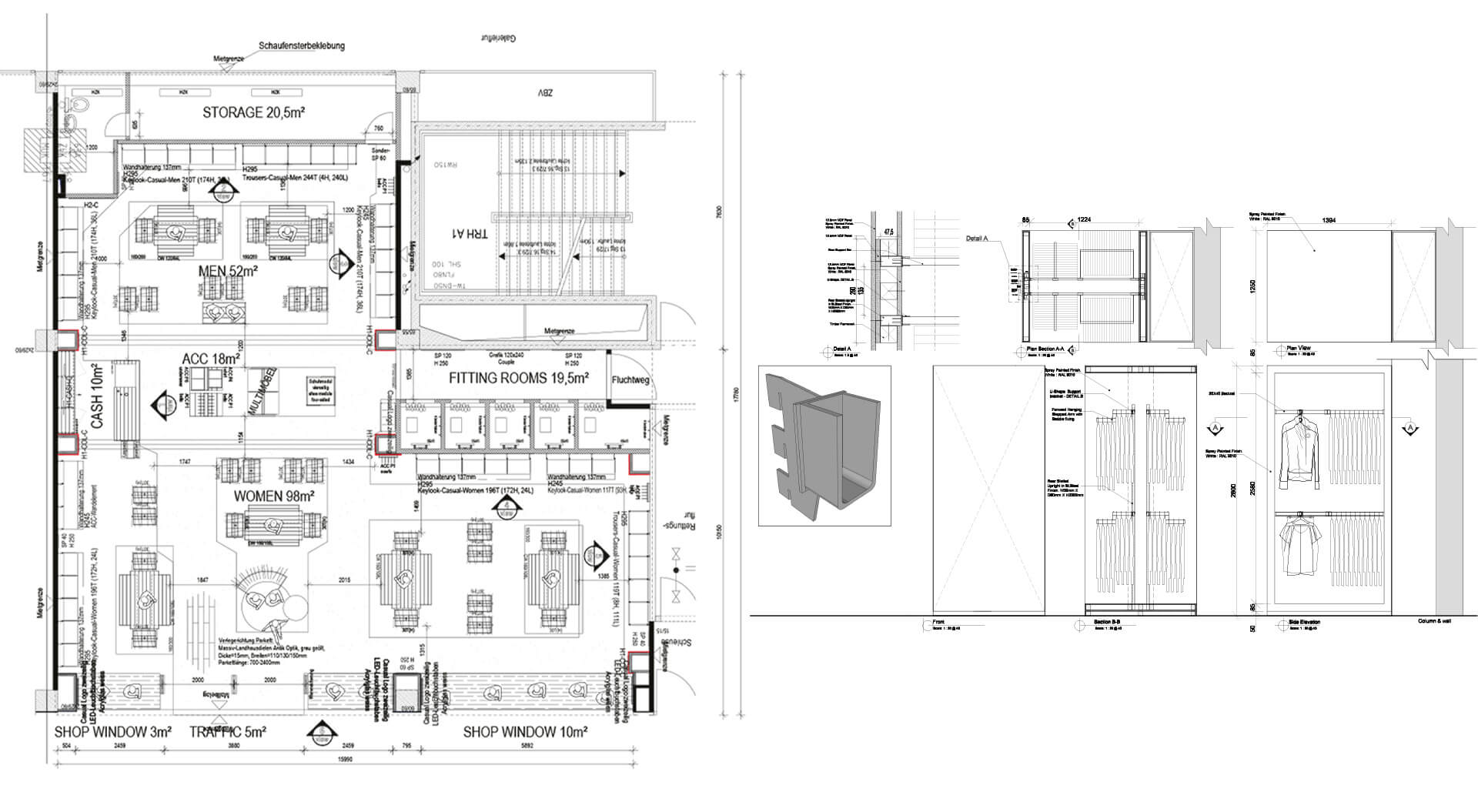
Drive up to 30% ROI:
Increase average basket by 18% with CampbellRigg’s tailored space planning and intuitive store navigation designs.
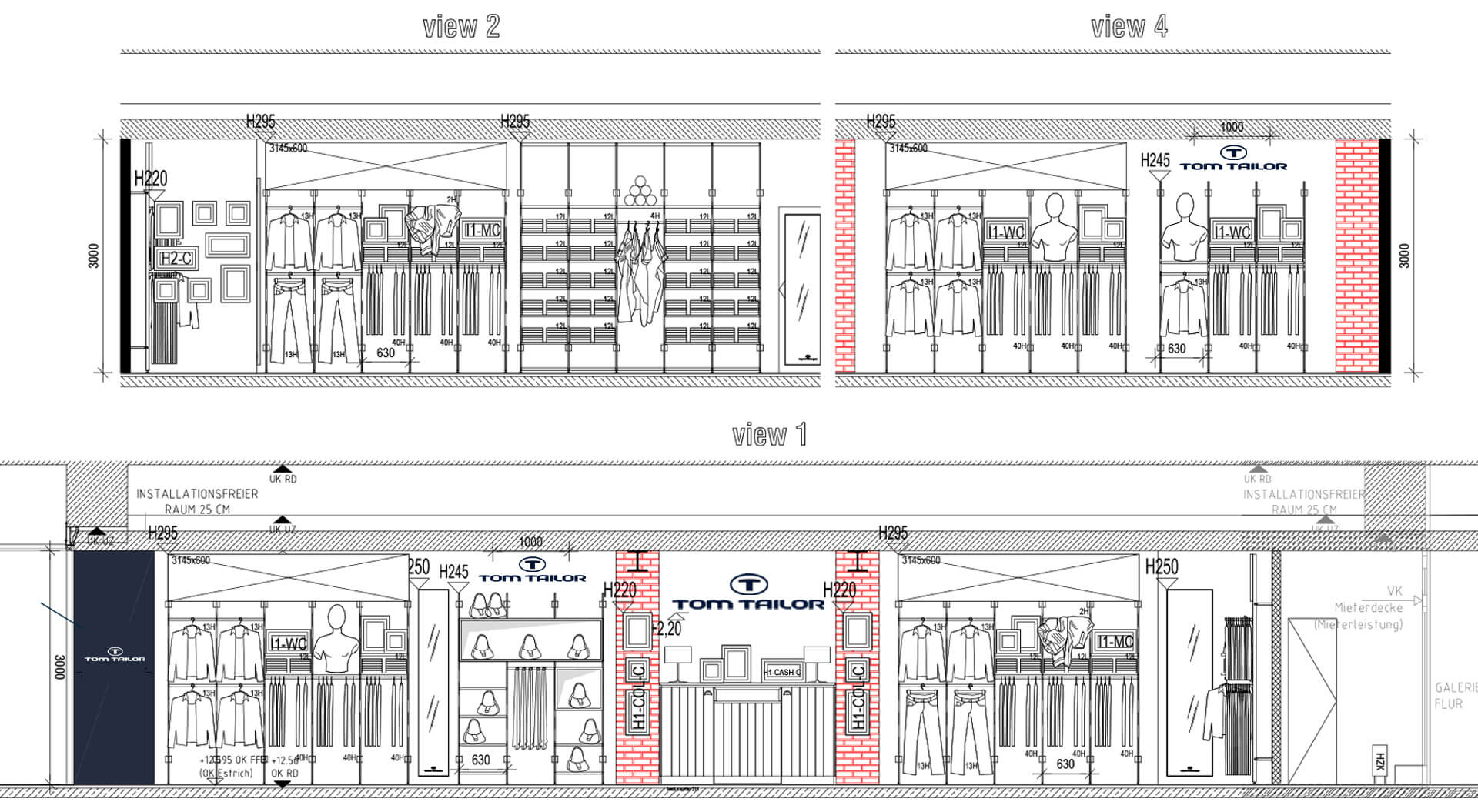
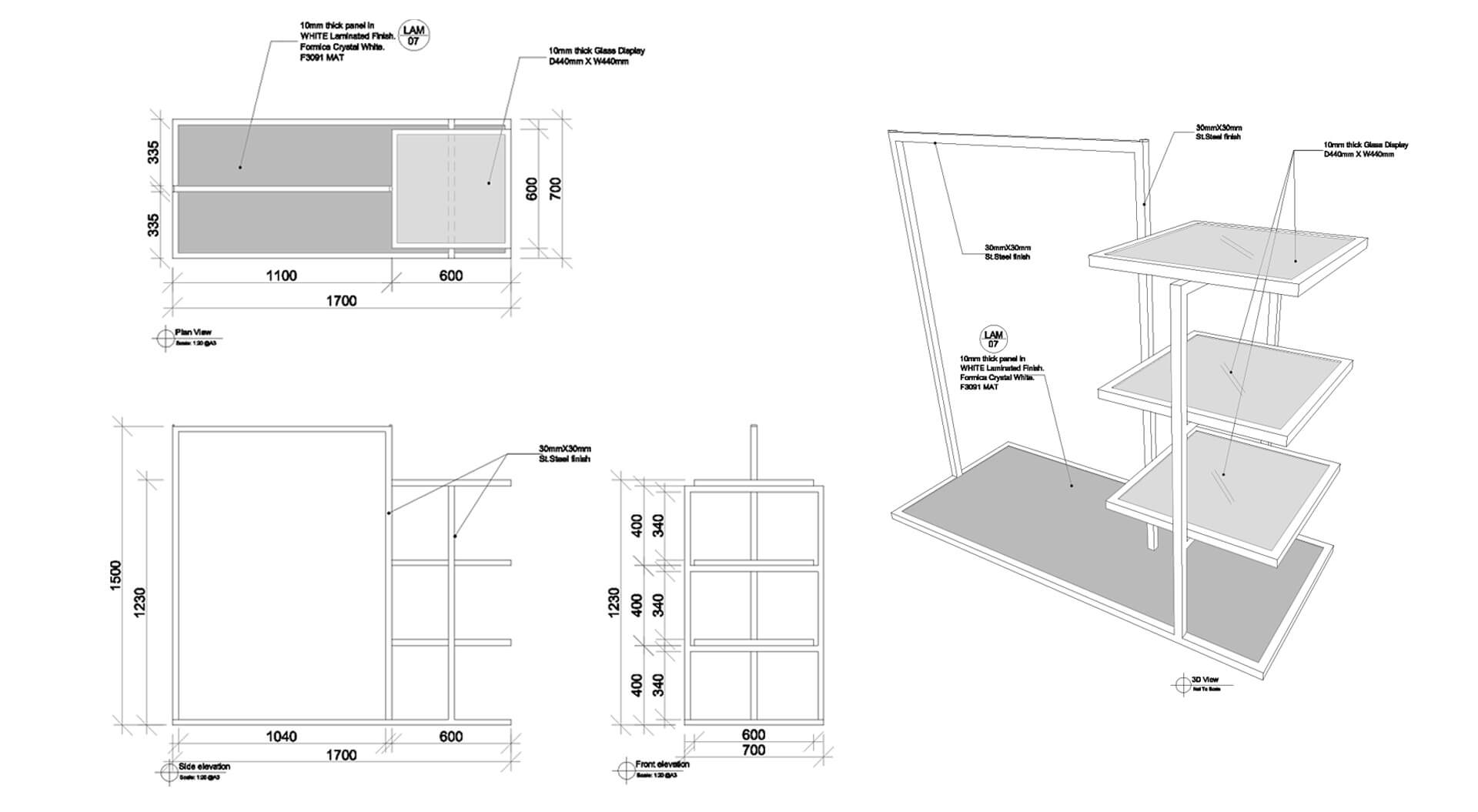
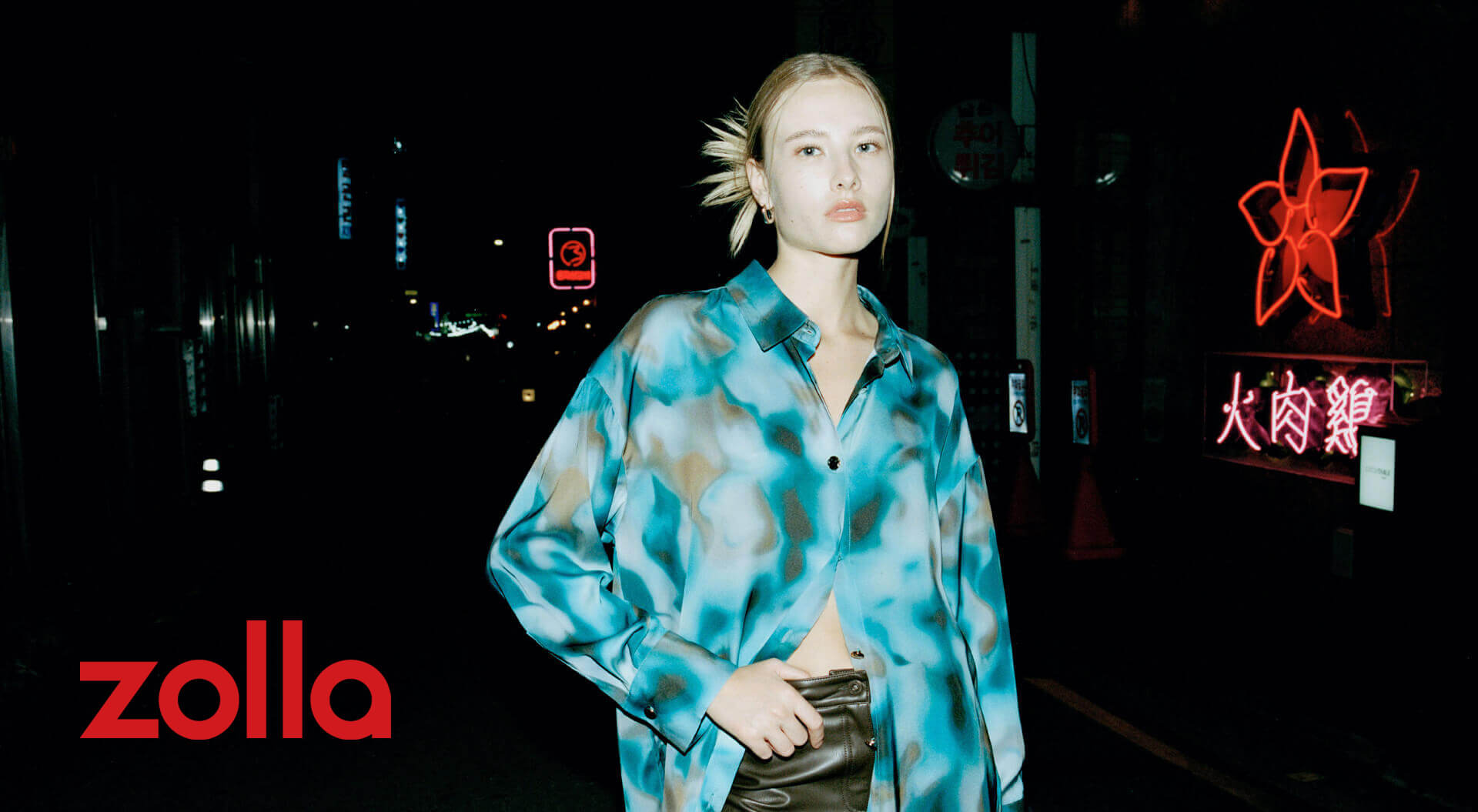
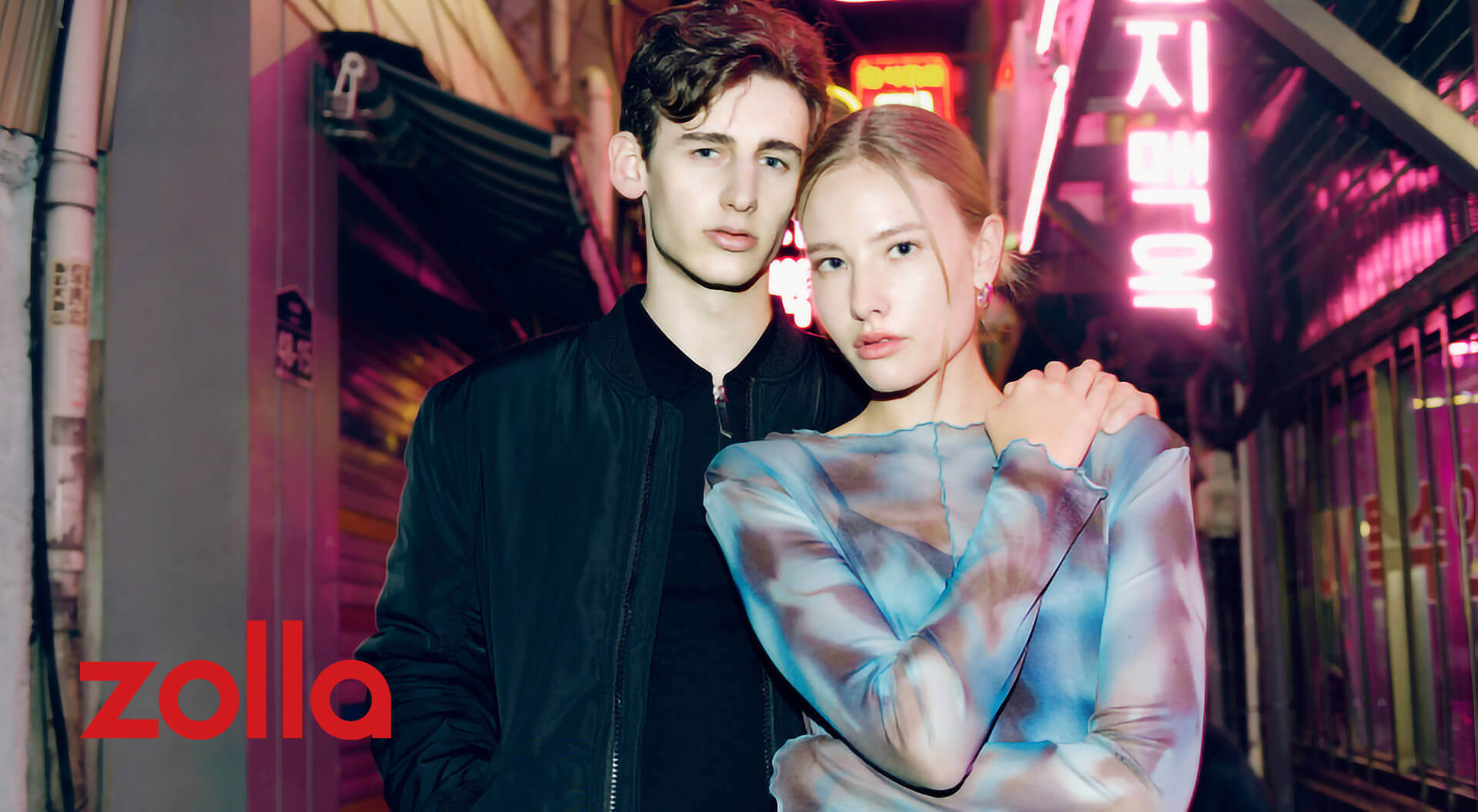
Schedule your consultation today and receive a free quote.
Cost-Effective Excellence:
Our pricing structure is highly competitive, offering exceptional value without compromising on quality or creativity.
Rapid Execution:
We move fast. From concept to implementation, our agile team ensures your project is delivered on time and to the highest standards.
Multidisciplinary Expertise:
Our team brings together seasoned brand strategists, architects, interior designers, and graphic designers, collaborating to create seamless, end-to-end brand environments.
Global Reach, Local Insight:
With successful projects delivered across Europe, the Middle East, and Asia, we combine international experience with local market understanding.
Scalable Project Delivery:
Whether it's a flagship technology store, an urban network or mall micro-branches, we manage and execute projects of all sizes, efficiently and effectively.
Proven Track Record:
Our designs evolve branch networks from purely transactional spaces into experiential, relationship-focused brand environments, enhancing engagement, elevating customer experience, and driving tangible business results.
Full-Service Creative Agency:
From rebranding and marketing campaigns to spatial design and rollout, we provide an integrated service tailored to your goals.
